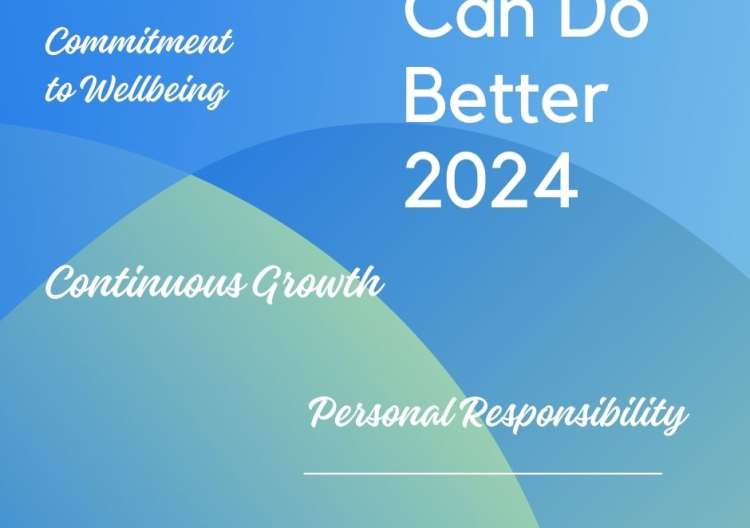Last week, I billion Valentine’s Day cards were received worldwide, which perhaps explains why it would seem that emotions were high in the office and I saw more clients than usual in my counselling rooms. People usually manage their emotions quite well but there are certain days, or anniversaries, such as a birthday, or a wedding or the date that a family member died, that bring memories that make us reflect and sometimes make us feel a little sad. When we are happy in our lives, these dates can be days of celebration, but for some of us, when days like Valentine’s day come, they can trigger the remembrance of loss or loneliness.
When people are emotional, they do not work as effectively as when they are stable, and in these situations, managers are often at a loss to know how to handle an employee in tears.
Should the manager have to manage tears?
Tears are one of those emotions that a manager will often ignore because they feel awkward and embarrassed. Those of us outside the medical and caring professions are not really trained to manage highly emotional people.
The reasons for our apparent inability to communicate sympathy in times of loss, are more to do with our upbringing and culture, rather than with any innate reluctance to express ourselves.
So how do we manage emotions in the workplace?
We know that HR will keep a packet of Kleenex in their top drawer for such eventualities but does the manager need do the same, and would that be enough in any event? Is it, in fact, part of their role to manage tears?
I would say, yes it is. If an individual breaks down in tears, this is not the time to walk out of the room and telephone HR as if the employee had an infectious disease. Such a situation can be properly managed but it may take some training. So what are the things to do and the words to say, in such a scenario?
When faced with managing someone crying at work
Do not:
- Walk away from the person
- Leave the room
- Look out of the window as if the incident hadn’t taken place
- Interrupt the individual
- Say, ‘Big boys don’t cry’ or ‘Pull yourself together’ or ’This isn’t going to help’!
Do :
- Keep calm
- Allow for silence and don’t try to fill the space
- Do say words like ‘It’s OK’; / There’s plenty of time’ / Is there some way I can help?
- Hand over a tissue if needed.
Give the person the time and space to compose themselves and make sure it is in their time and not yours.
Be cautious about being tactile. When I train people to manage such a situation, I usually caution against touching someone else as it may not be the appropriate action to take.
The person will probably feel extremely awkward and embarrassed and it is your role to try to ensure that they feel that their temporary emotional state is justified and normal.
When an individual is emotional, the mind and the body is often slow to react to normal tasks and so time may be needed to help the person manage their normal workload.
Other team members may not know what to say and your support and communication skills, at this time can prove invaluable to both the emotional person and his/ her colleagues. The team may also feel awkward and embarrassed and a short briefing session could be very helpful.
At the end of the day, emotions are normal and are part of the human condition and are by no means unusual. Sometimes we can hide what we feel, and at other times we can’t.
It is therefore important to know how to act in these situations that you may have never faced before. Our Executive Programmes build emotional intelligence and communication skills making them perfect for leaders and managers requiring this sort of training.
Exposing our emotions is sometimes dependent on our cultural upbringing and it has been proven over the years that those of us who continually repress our emotions instead of expressing them, can over time, suffer mental and physical problems, as a result.
It’s a matter of letting it ‘hang-out’ when necessary. Like putting a wet garment out to dry in the sun. After a while, the creases disappear and it’s ready to be worn again.




